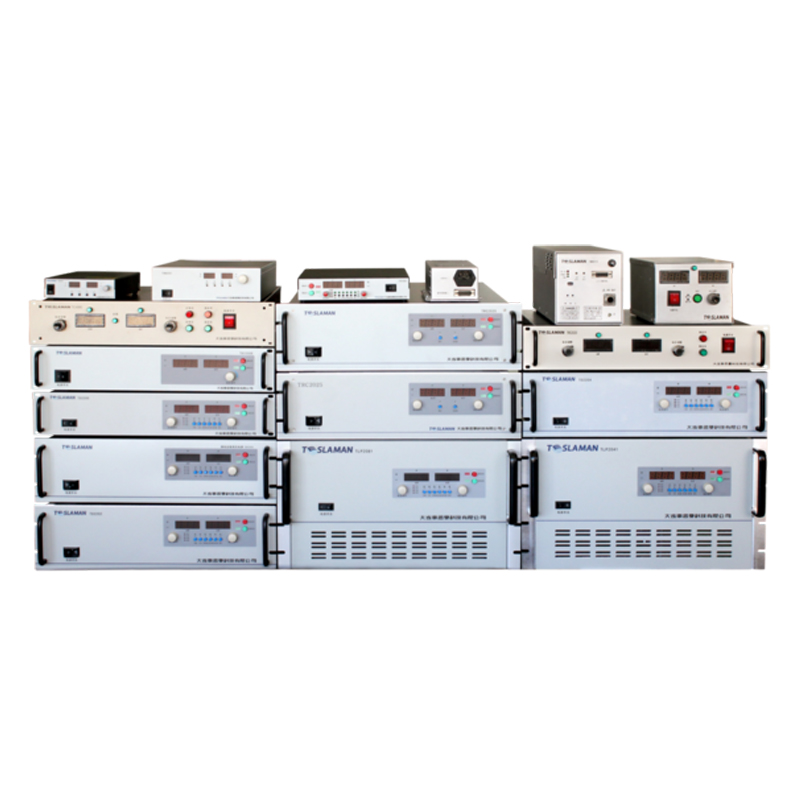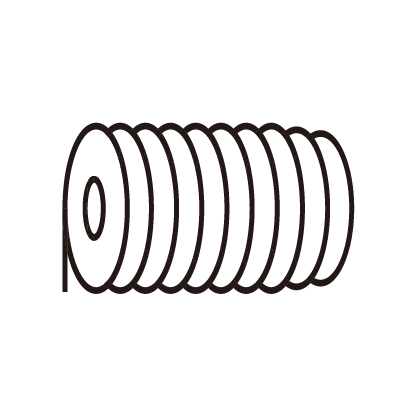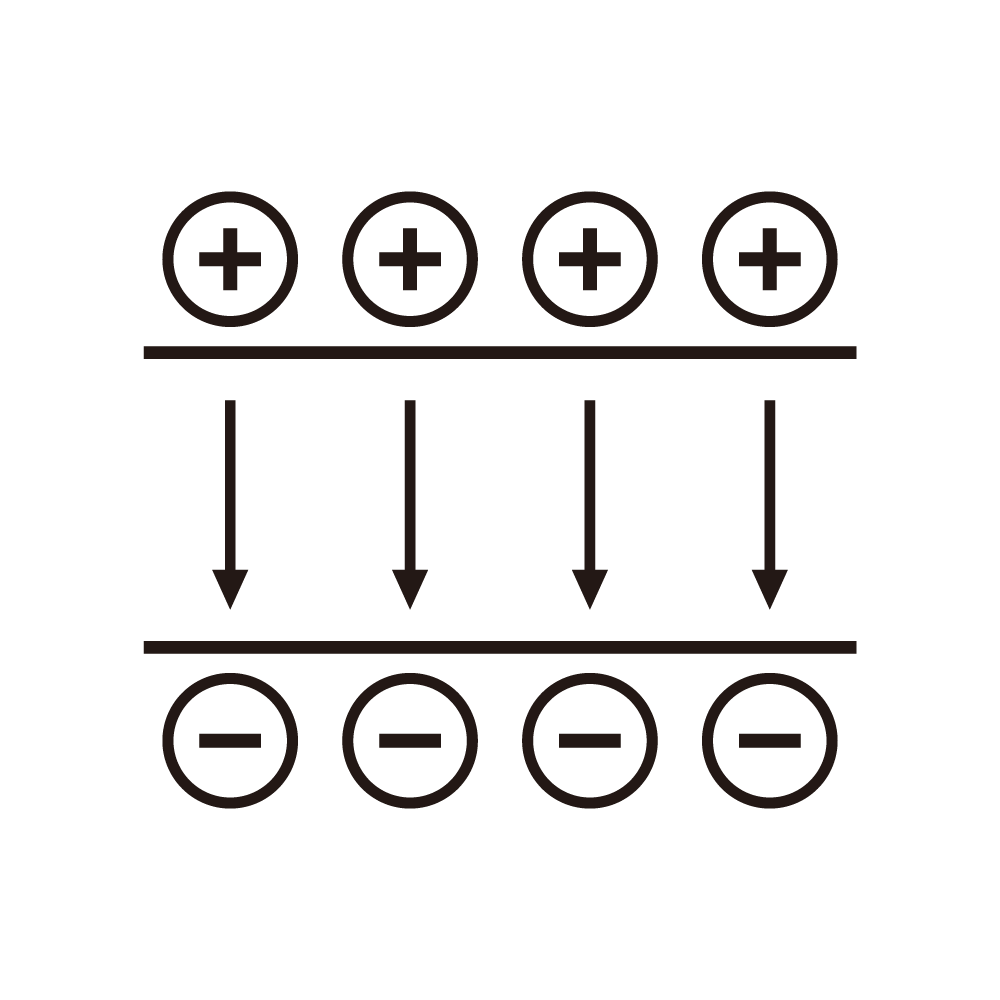Key Points of Insulation Design for Polarity-Switchable High-Voltage Power Supplies
Polarity-switchable high-voltage power supplies play an important role in scientific research experiments, industrial inspections, medical equipment, and other fields due to their flexible voltage output characteristics. However, because of their high output voltage and switchable polarity, insulation design has become a crucial part in ensuring the safe and stable operation of the power supply. A reasonable insulation design can not only prevent electric shock accidents but also avoid damage to electrical components caused by high-voltage breakdown, guaranteeing the reliability and service life of the power supply.
In the selection of insulation materials, their electrical insulation performance, mechanical strength, and high-temperature resistance should be prioritized. Electrical insulation performance is fundamental. The breakdown voltage of the material should be much higher than the maximum output voltage of the power supply to cope with the voltage spikes that may occur during polarity switching. For example, polytetrafluoroethylene has excellent electrical insulation performance and chemical stability, and can be used to make the insulation layer of high-voltage wires. Epoxy resin, due to its good mechanical strength and moldability, is often used to encapsulate high-voltage modules, enhancing the overall insulation performance. At the same time, the high-temperature resistance of the material cannot be ignored. High-voltage power supplies generate heat during operation. If the high-temperature resistance of the insulation material is insufficient, it may lead to a decrease in insulation performance and cause potential safety hazards.
Insulation structure design is the core of the insulation design for polarity-switchable high-voltage power supplies. On the one hand, the spatial distance between high-voltage components and low-voltage components should be reasonably planned to ensure that the requirements for the minimum electrical clearance and creepage distance are met. Electrical clearance refers to the shortest spatial distance between two conductive components, while creepage distance is the shortest distance along the insulation surface. During the polarity switching process, the change in voltage polarity may cause the electric field distribution to change. Sufficient electrical clearance and creepage distance can effectively prevent arc discharge and surface flashover phenomena. On the other hand, for movable components such as switching switches, special insulation protection measures are required. Movable components may generate friction and vibration during operation, which can wear the insulation layer. Therefore, materials with good wear resistance and stable insulation performance should be selected, and a reasonable sealing structure should be designed to prevent dust, moisture, etc. from entering and affecting the insulation performance.
In addition, grounding design is also an important part of insulation design. A good grounding system can conduct static electricity, leakage current, etc. generated during the operation of the power supply into the ground, reducing the risk of electric shock to personnel and the probability of equipment damage. Polarity-switchable high-voltage power supplies should be equipped with independent grounding terminals, and the grounding resistance should meet relevant standard requirements. At the same time, the layout of the grounding line should be reasonable to avoid electromagnetic coupling with high-voltage lines and prevent the grounding system from failing due to interference.
Finally, the insulation design also needs to consider the influence of environmental factors. Different usage environments, such as humidity, temperature, altitude, etc., have different requirements for insulation performance. In high-humidity environments, insulation materials are prone to moisture absorption, resulting in a decrease in insulation resistance. Therefore, materials with good moisture resistance should be selected, and sealing measures should be strengthened. In high-altitude areas, the air is thin, and the breakdown voltage of the electrical clearance will decrease. It is necessary to appropriately increase the electrical clearance to ensure the insulation performance.
In conclusion, the insulation design of polarity-switchable high-voltage power supplies is a comprehensive systematic project, which requires comprehensive consideration from multiple aspects such as material selection, structural design, grounding design, and environmental adaptability. Only by doing a good job in the insulation design of each link can the safe and reliable operation of polarity-switchable high-voltage power supplies under complex working conditions be ensured.




















